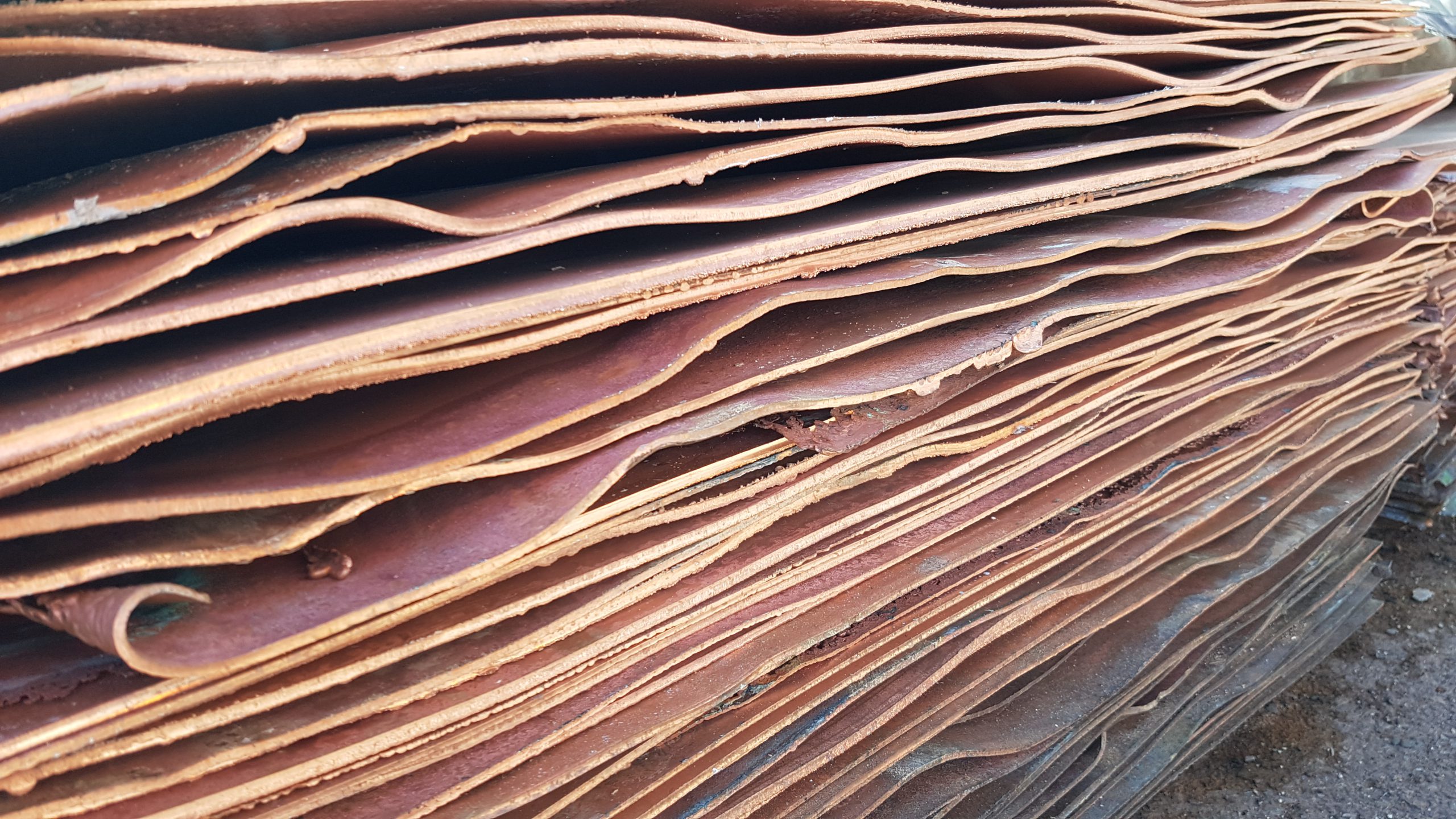
The recently released Utah Mining 2019 report issued by the Utah Geological Survey(UGS) shows Utah’s mining production increased by 2.4%, or over $90 million, last year. The state’s total extractive resource value in 2019, including oil and gas, was estimated at $6.5 billion, with mining representing 60%, or $3.9 billion, of the total value. Copper remained Utah’s most valuable metal commodity.
Utah Mining 2019 summarizes the year’s mineral resource production statistics and values for Utah. It covers non-fuel mineral resources including base and precious metals, industrial minerals, as well as coal, uranium, and unconventional fuels. The report also updates exploration projects and the development of new resources and includes limited data for 2020.
“The mining industry continues to be a strong contributor to Utah’s overall economy, particularly in rural communities, supplying jobs, tax revenue, and the materials needed to build and sustain our modern society,” said UGS senior scientist Michael Vanden Berg.
Summary of key findings:
-
In 2019, Utah remained one of the top 10 U.S. states for metals and industrial minerals production, with continued active exploration.
-
Metals accounted for $2.1 billion of Utah’s mining value ($1.8 billion from Bingham Canyon alone), industrial minerals accounted for $1.3 billion, and coal for $480 million. Copper was Utah’s most valuable metal commodity ($1.2 billion) and brine- and evaporite-derived products were the most valuable industrial mineral commodity group ($483 million).
-
Utah remained the United States’ only producer of beryllium, producing approximately 65% of the world’s beryllium in 2019. Beryllium is one of the lightest and stiffest metals and is used in aerospace, defense, automobile, computer, medical, telecommunications, and other products.
-
In 2019, for the first time, helium started being produced as a byproduct of natural gas refinement in San Juan County, Utah. Helium has uses far beyond balloons and blimps, including cooling in medical MRI scanners, production of computer chips, inflation of automotive airbags, manufacture of fiber optic cables, and many others.
-
Platinum, palladium, and rhenium are byproducts of copper and molybdenum refinement at Kennecott Copper’s Bingham Canyon mine.
-
In 2019, the metal, industrial mineral, sand and gravel, and coal mining industries paid over $82 million in property taxes (up 7% from 2018) and over $13 million in mining-related severance taxes (up 32% from 2018). All extractive industries, including oil and gas, paid nearly $80 million in federal mineral lease disbursements.
-
Long-term mining salaries continued to increase in 2019, and mining employment remained stable.
-
Five Utah coal operators produced 14.3 million short tons of coal valued at $480 million, a production increase of 4.3% over 2018. Utah’s total production is expected to decrease slightly to about 13.9 million short tons in 2020.
-
After several years of decline, employment at coal mines increased 6.2% in 2019 to 1397 employees—an increase from a low of 1185 in 2016—but is still far below the 2028 employees recorded in 2008. Employment is expected to drop slightly in 2020.